Sharp shoulder pain, weakness reaching overhead, or a lingering “dead‑arm” feeling can point to a rotator cuff tear (often shortened to RCT). At The PT Zone, we combine targeted manual therapy and progressive strengthening to reduce pain, boost stability, and restore the reach you need for work, sport, and daily life.
- Relieve shoulder pain and nighttime ache
- Regain overhead and behind‑the‑back mobility
- Strengthen rotator cuff and scapular stabilizers
- Prevent future tears with technique and posture coaching
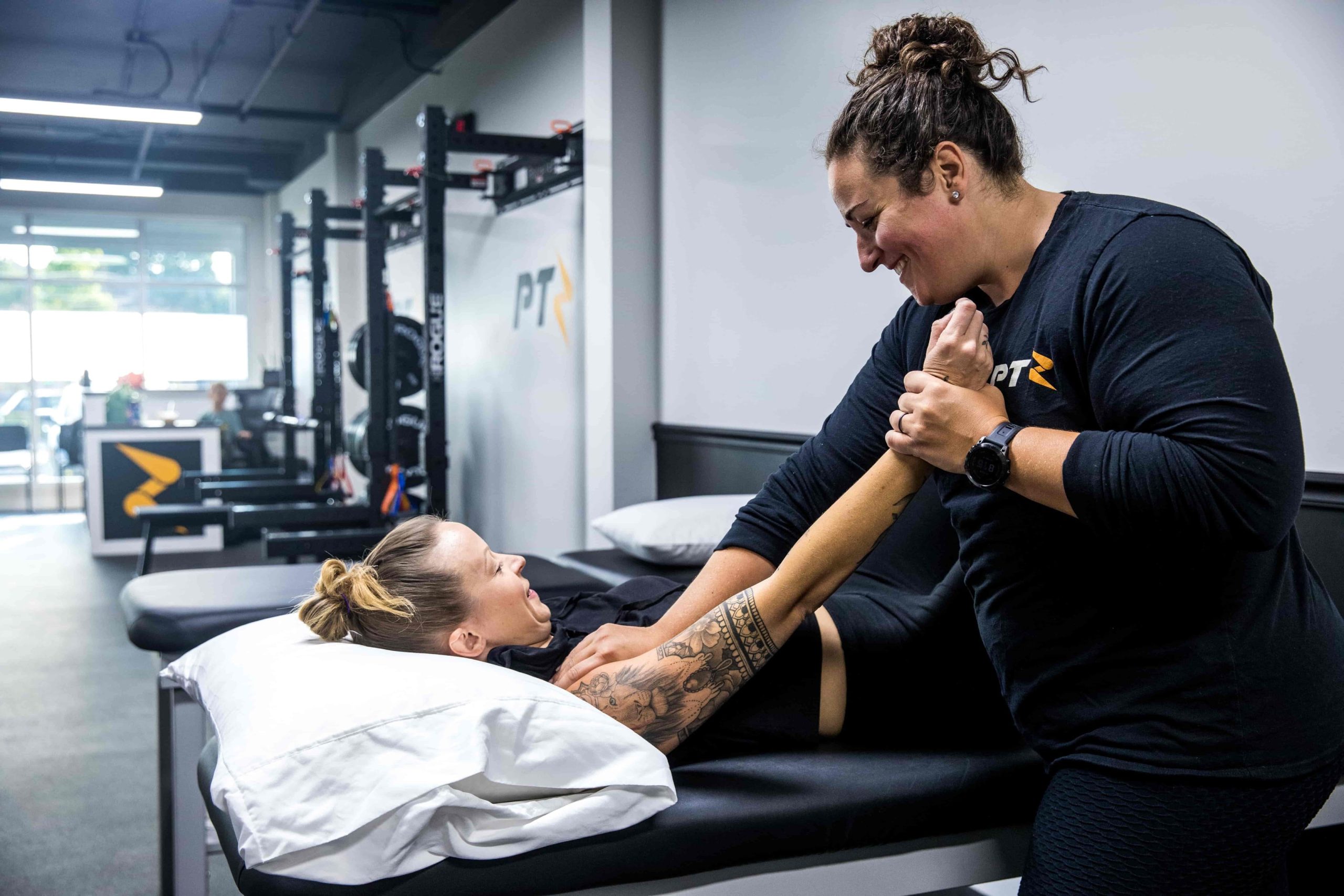
Restore Strength and
Reach Overhead Again
A rotator cuff tear occurs when one or more of the four small shoulder tendons fray or rupture, often after years of micro‑trauma or a sudden overload like lifting a suitcase awkwardly. Pain usually hides in the upper‑arm region, making the joint feel weak or unstable during tasks as simple as combing hair or loading groceries. At The PT Zone, we begin by determining the tear’s severity—partial, full‑thickness, or massive—and identifying compensations that keep the shoulder capsule irritated. Early sessions focus on decreasing inflammation and restoring pain‑free range: gentle joint mobilizations to free a stiff capsule, soft‑tissue release to relax dominant upper‑trap fibers, and sub‑maximal isometrics that wake the torn tendon without stressing it.
Once pain settles, our program shifts toward calibrated strengthening. We load the remaining cuff fibers and scapular stabilizers with light bands, progressing to eccentric and closed‑chain drills that encourage tendon remodeling. Posture and thoracic mobility are addressed to keep the humeral head centered, reducing impingement on vulnerable tissue. For clients considering surgery, evidence shows a stronger pre‑op shoulder leads to smoother recovery; for non‑surgical cases, regaining balanced force couples often eliminates the need for the scalpel altogether.
Functional integration rounds out rehab: controlled overhead carries, reach‑roll‑and‑lift patterns, and sport‑specific plyometrics rebuild confidence for serves, throws, or heavy lifts. We also refine sleep positions, workstation height, and lifting mechanics so everyday habits nurture—rather than nag—the healing cuff. By discharge, clients typically report solid, pain‑free arcs above 120°, restful nights without shoulder throbs, and strength that rivals their pre‑injury baseline.
Your shoulder won’t just feel better; it will perform better—allowing you to press, swing, paint a ceiling, or hug a grandchild overhead without bracing for pain. That’s the benchmark we aim for with every RCT program at The PT Zone.
Our Therapies for Rotator Cuff Tears:
Manual release, progressive loading, neuromuscular control drills, dry needling, and postural retraining—everything you need to heal or prep for rotator cuff surgery with confidence.
-
Balance Training
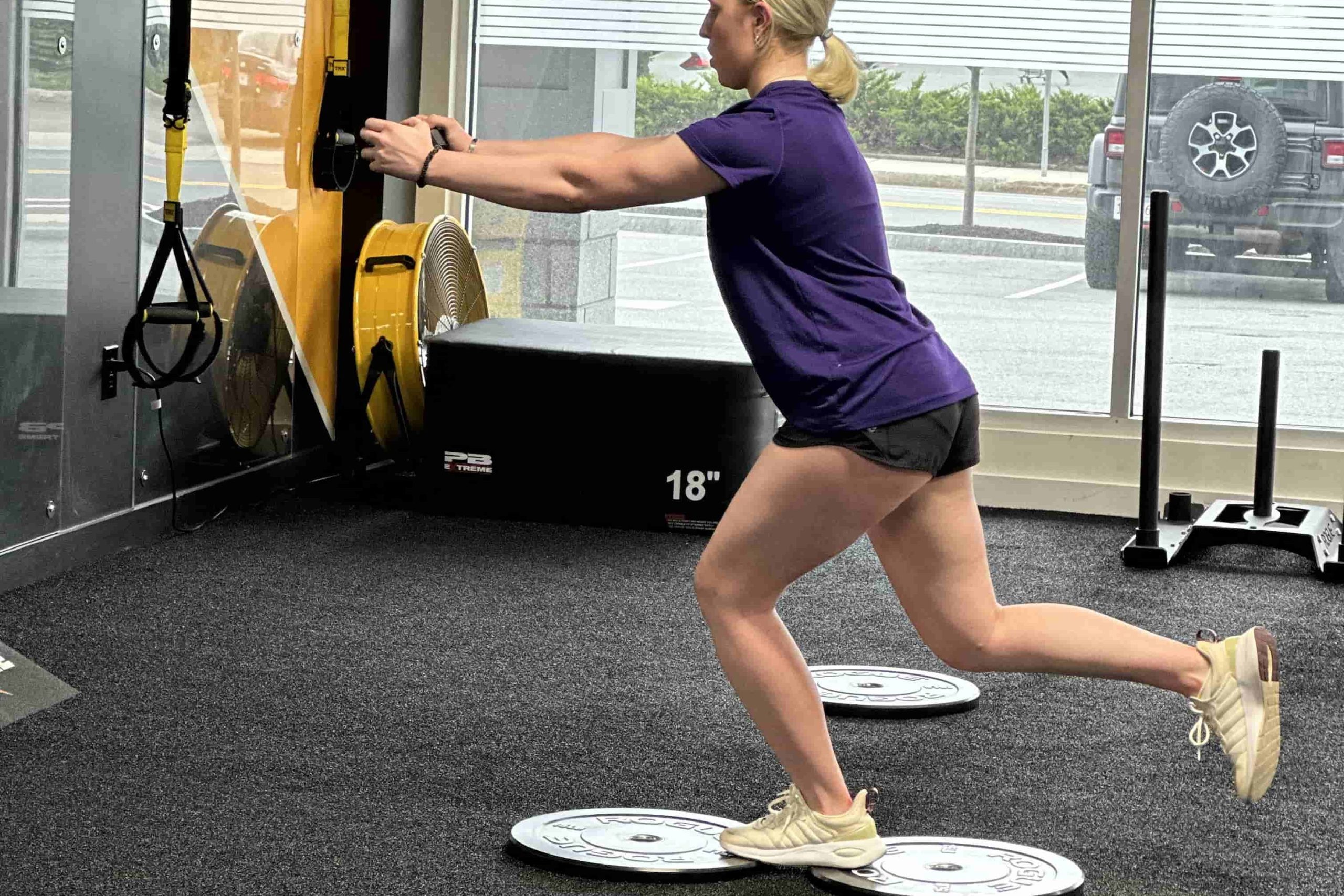
Balance Training is a specialized approach that strengthens stabilizing muscles, enhances coordination, and reduces fall risks, ultimately improving posture and promoting confident movement.
-
Certified Manual Therapy

Certified Manual Therapy is a hands-on approach that addresses joint, muscle, and connective tissue dysfunction, reducing pain, improving alignment, and promoting faster, more efficient recovery.
-
Cupping
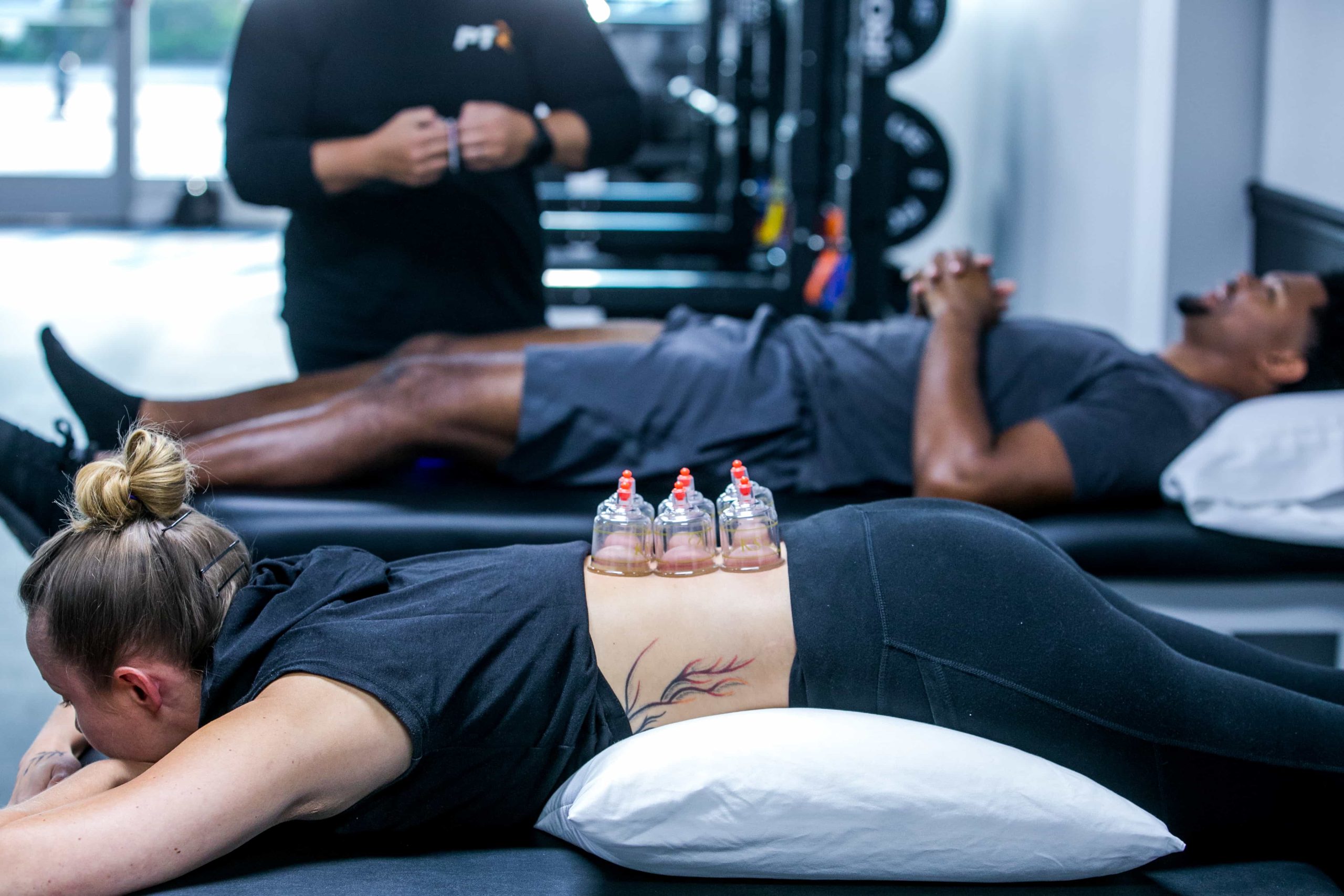
Cupping therapy is an ancient healing technique that uses suction to enhance circulation, relieve muscle tension, and promote the body’s natural recovery process.
-
Dry Needling
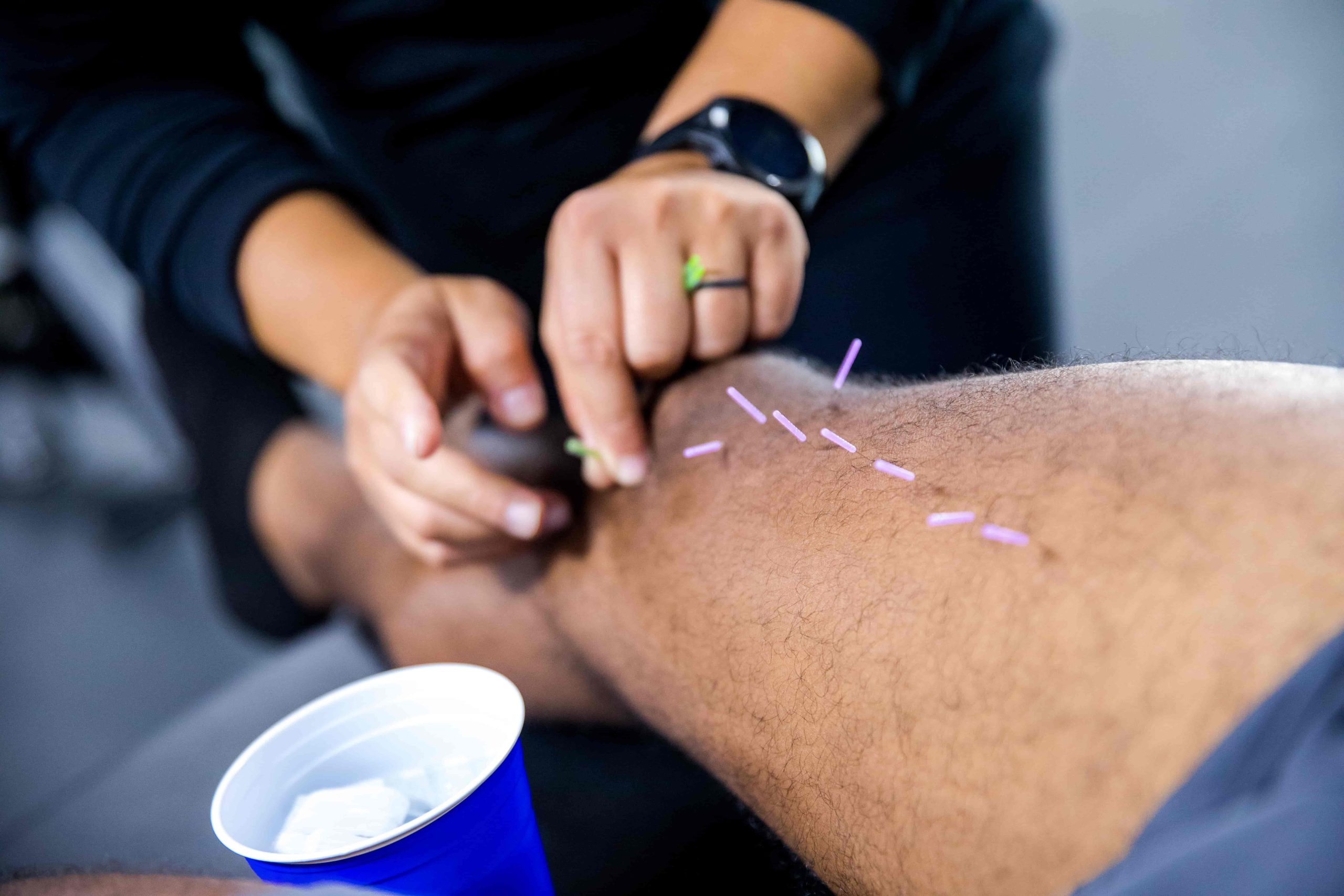
Dry needling is a modern therapy that targets muscle trigger points with thin needles to relieve pain, reduce tension, and restore mobility.
-
Gait Training
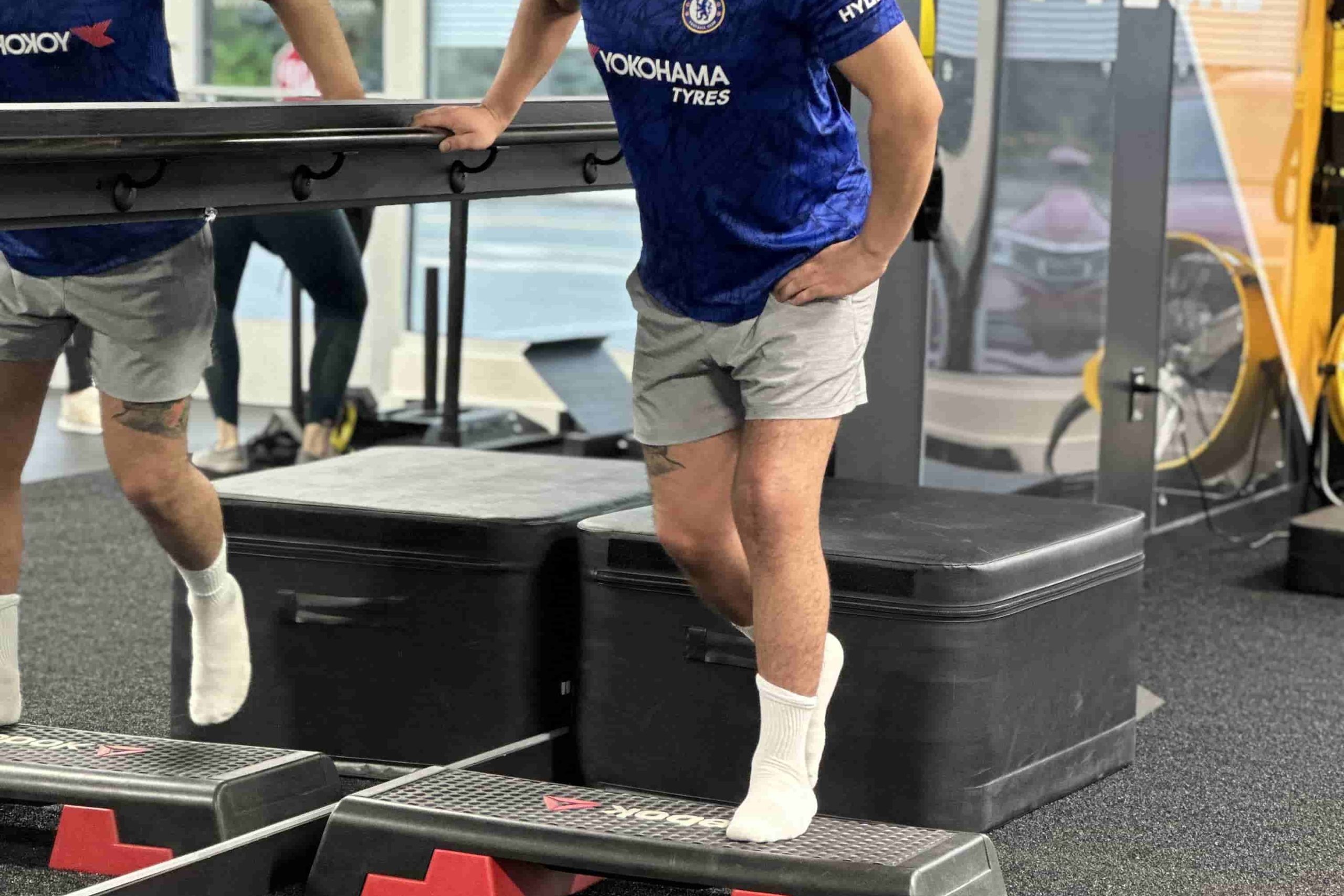
Gait Training is a specialized approach that enhances walking mechanics, improves lower-limb strength, and reduces re-injury risks, ultimately promoting more efficient movement.
-
Graston Technique
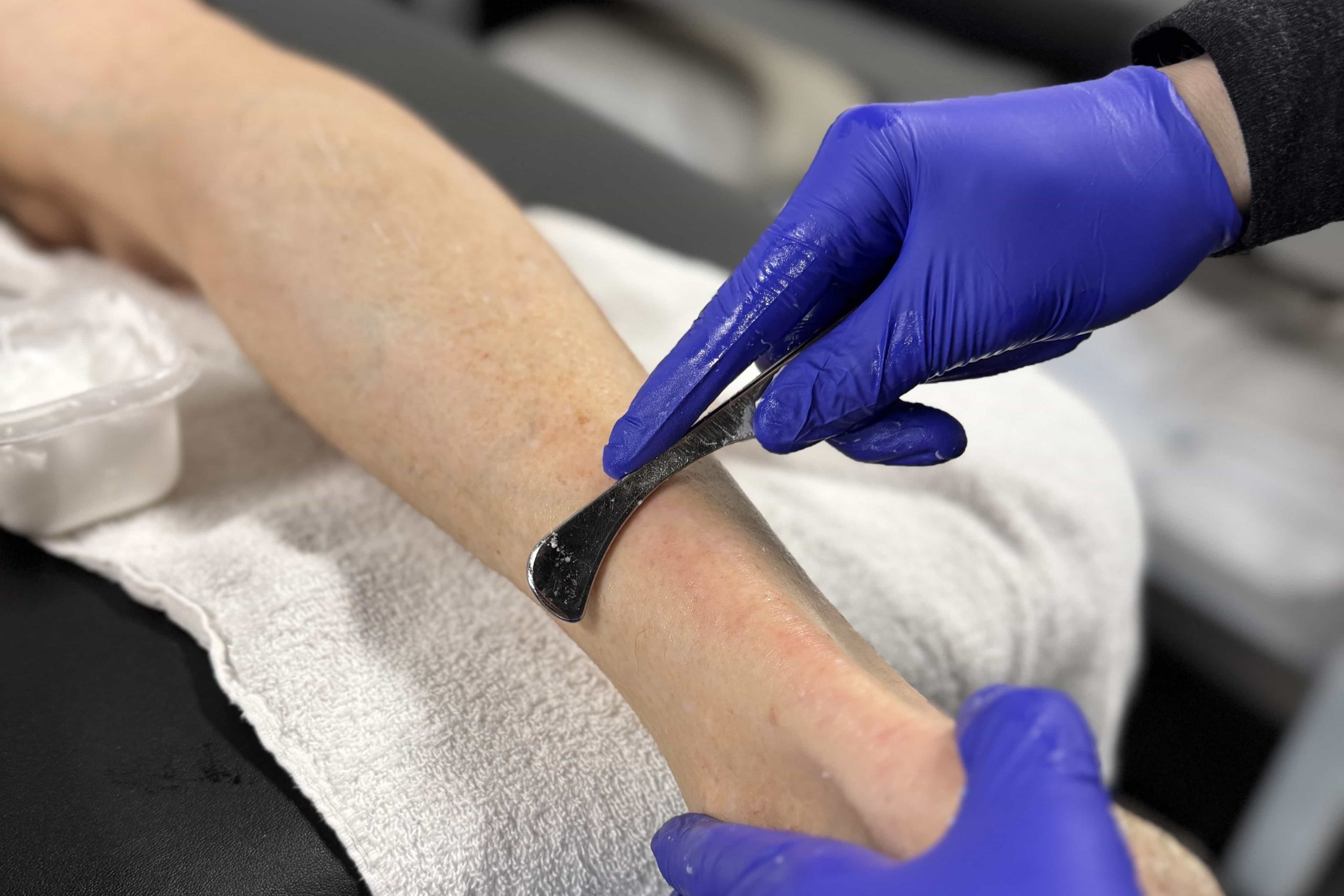
Graston Technique is a specialized manual therapy that uses stainless steel instruments to break down scar tissue, improve mobility, and accelerate healing.
-
Kinesiotaping
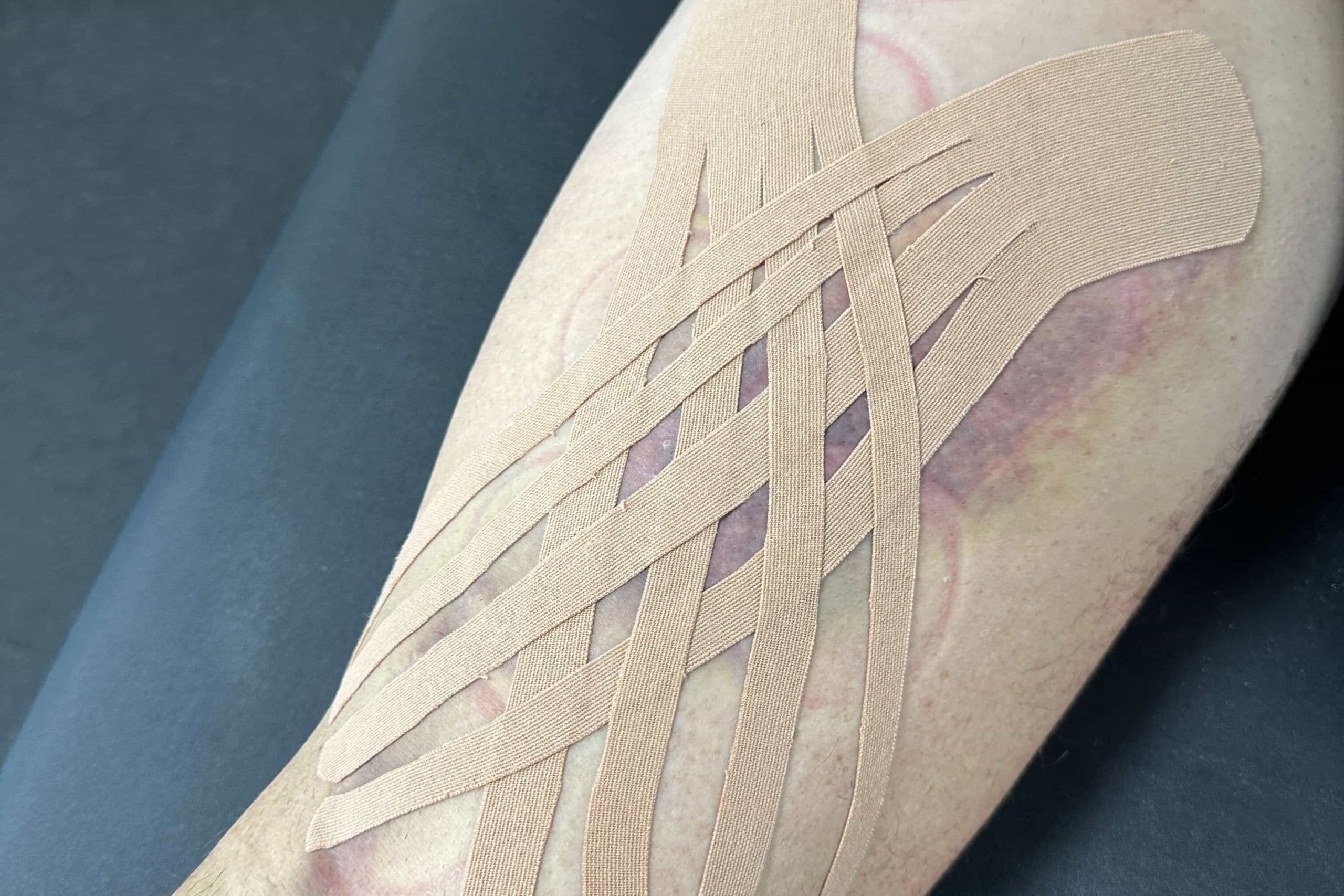
Kinesiotaping is a flexible taping method that provides gentle support, improves circulation, and helps maintain natural movement for a more comfortable and effective recovery.
-
Manual Traction
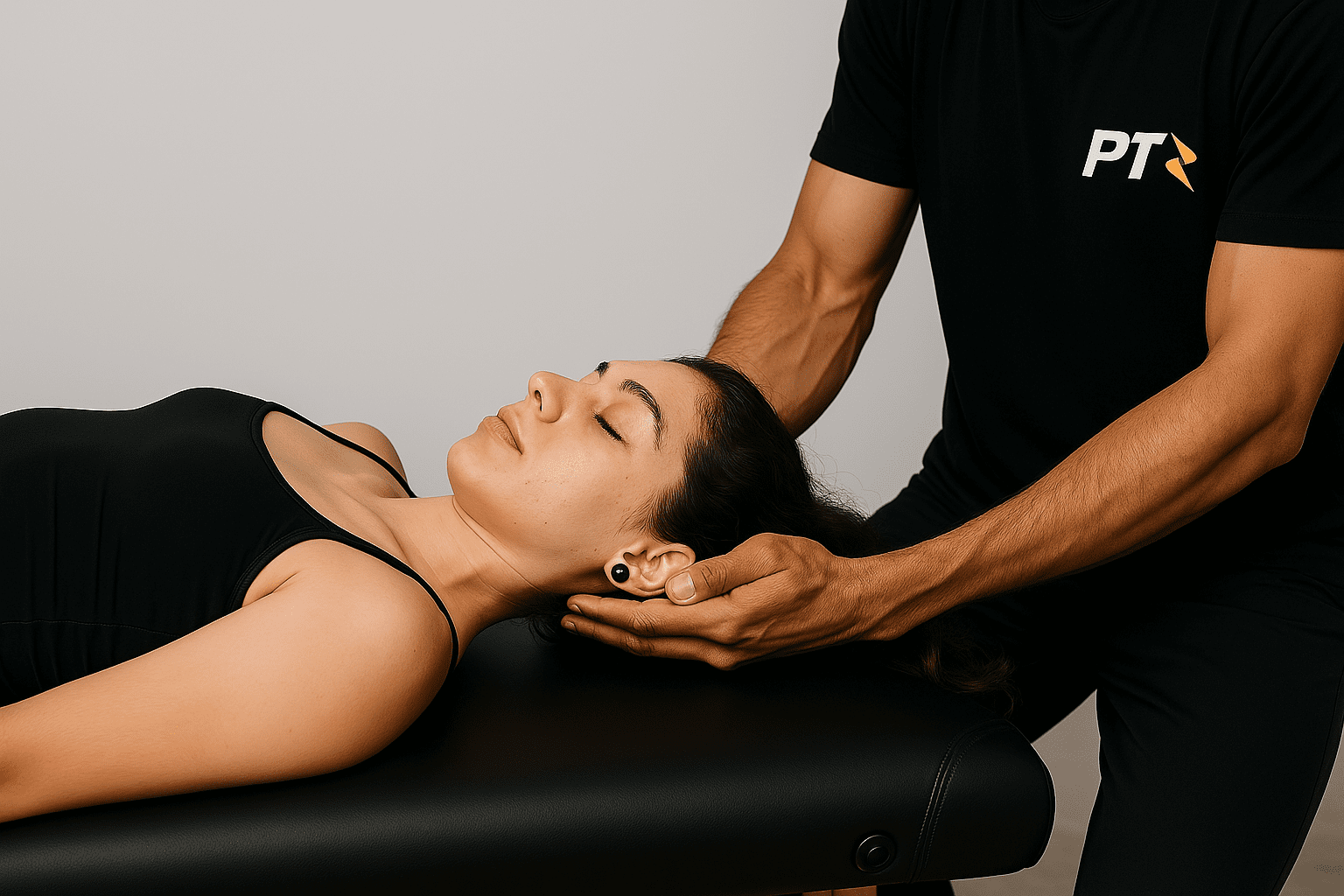
Manual Traction is a gentle, hands-on method used to decompress the spine, relieve pressure on discs and nerves, and improve overall comfort and mobility.
-
Post-Surgical Rehab
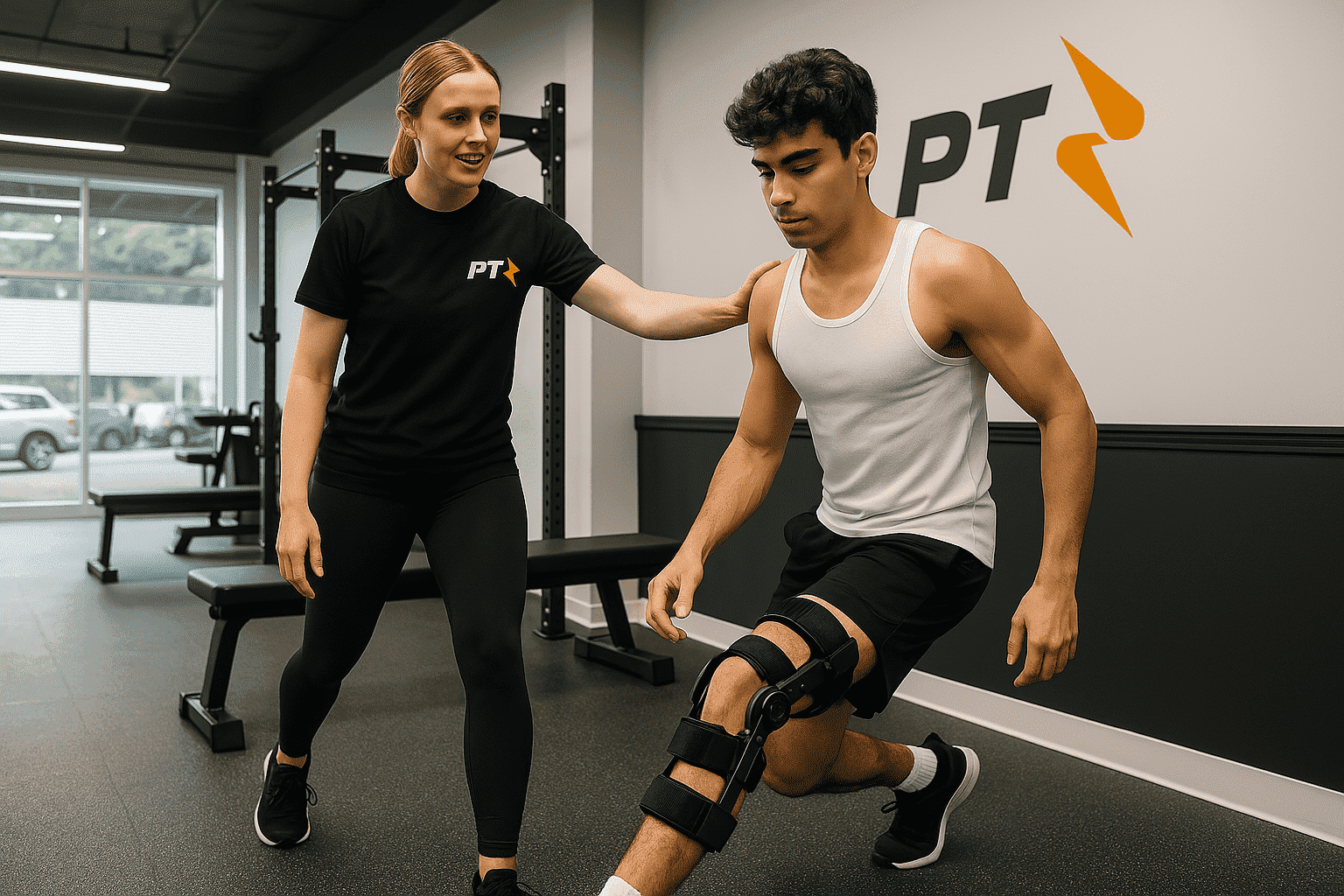
Post-Surgical Rehab is a structured recovery process designed to restore mobility, manage pain, and rebuild strength after surgery, ensuring a safer and faster return to your everyday activities or sports.
-
Physical Therapy for Weightlifters & CrossFit
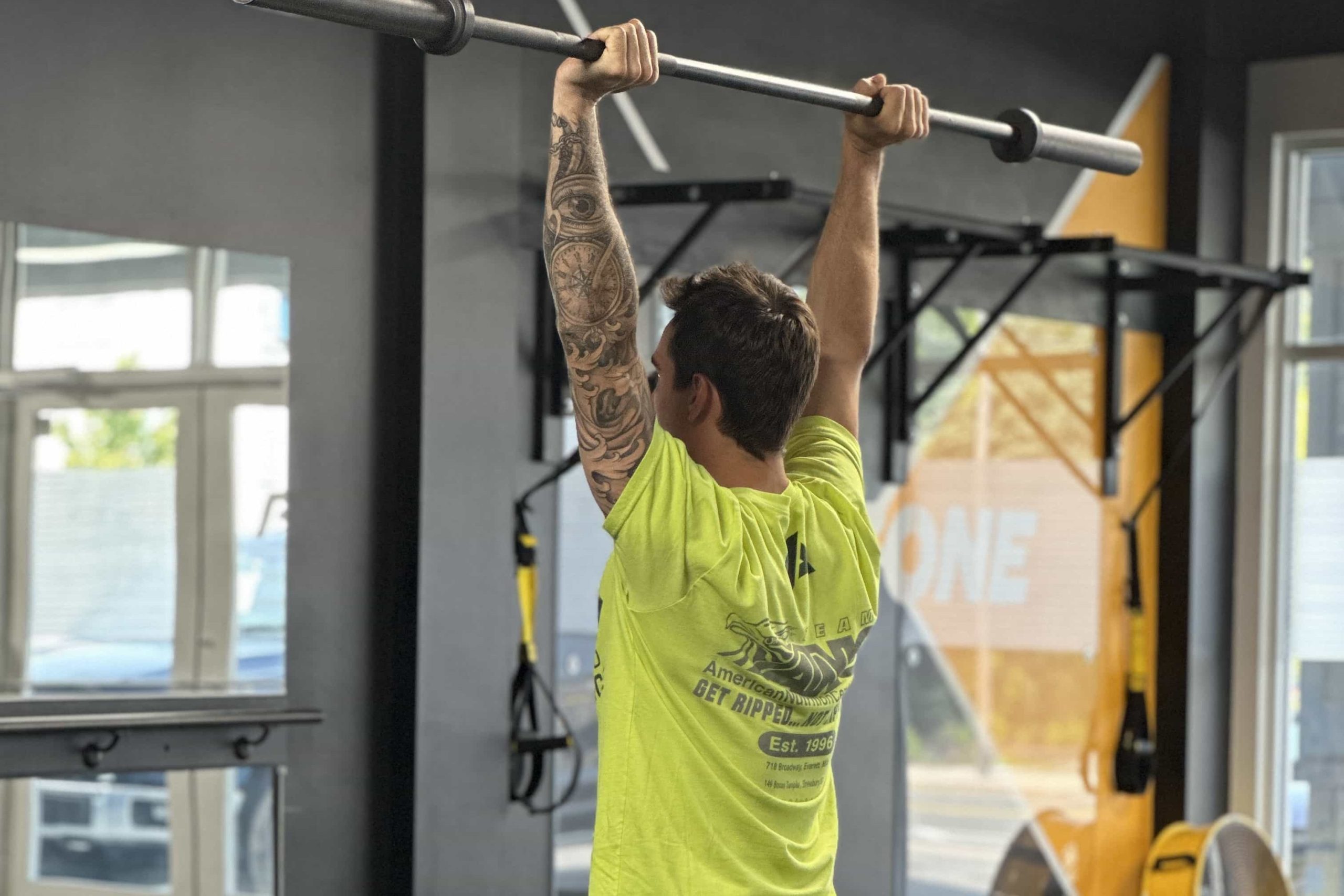
Physical Therapy for Weightlifters & CrossFit focuses on proper lifting mechanics, correcting muscle imbalances, and managing stress on joints to prevent pain, accelerate recovery, and enhance overall strength gains.
-
Physical Therapy For Runners
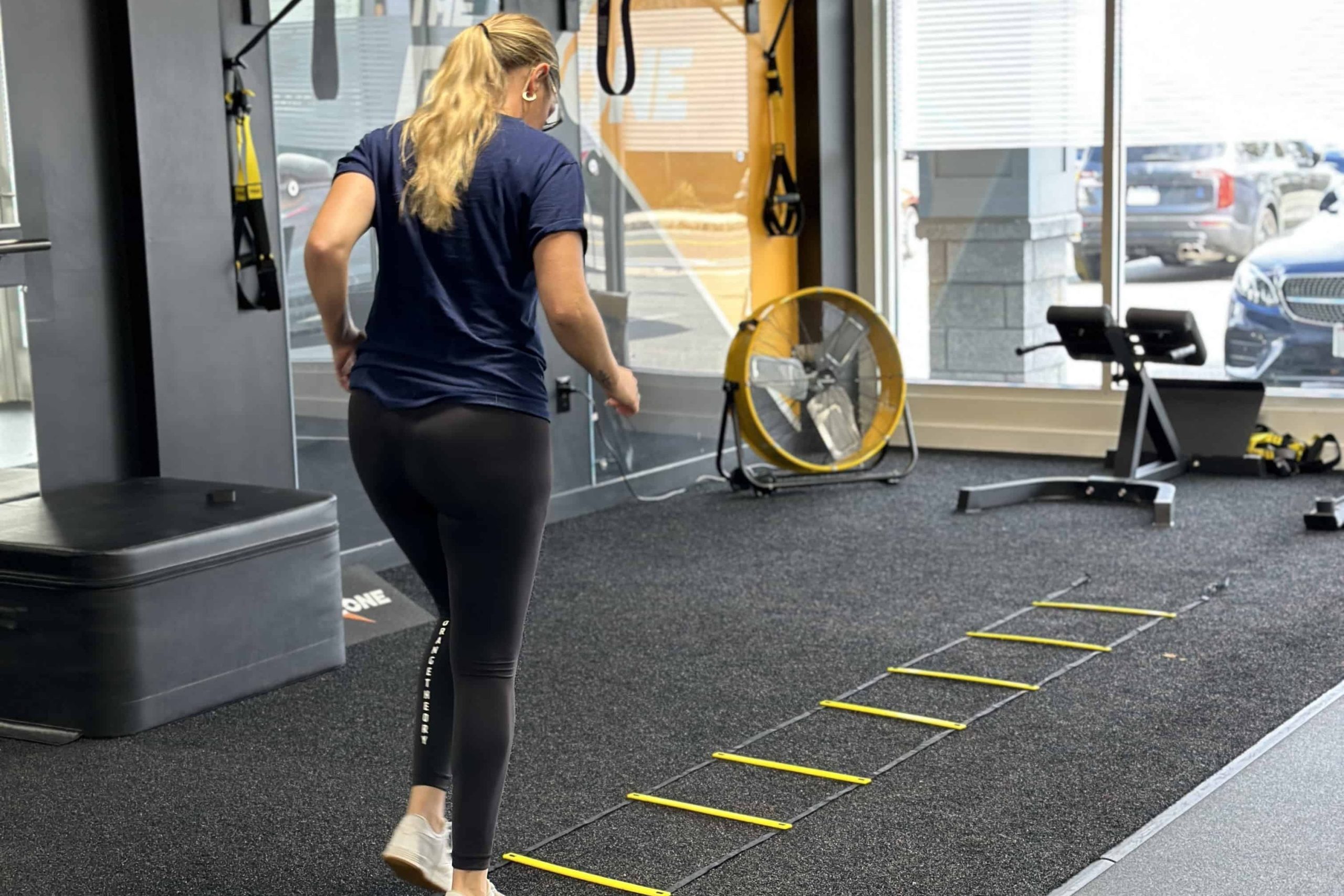
Physical Therapy for Runners focuses on refining running form, addressing muscle imbalances, and enhancing lower-limb stability to prevent injuries and boost performance.
-
Neuromuscular Massage Therapy
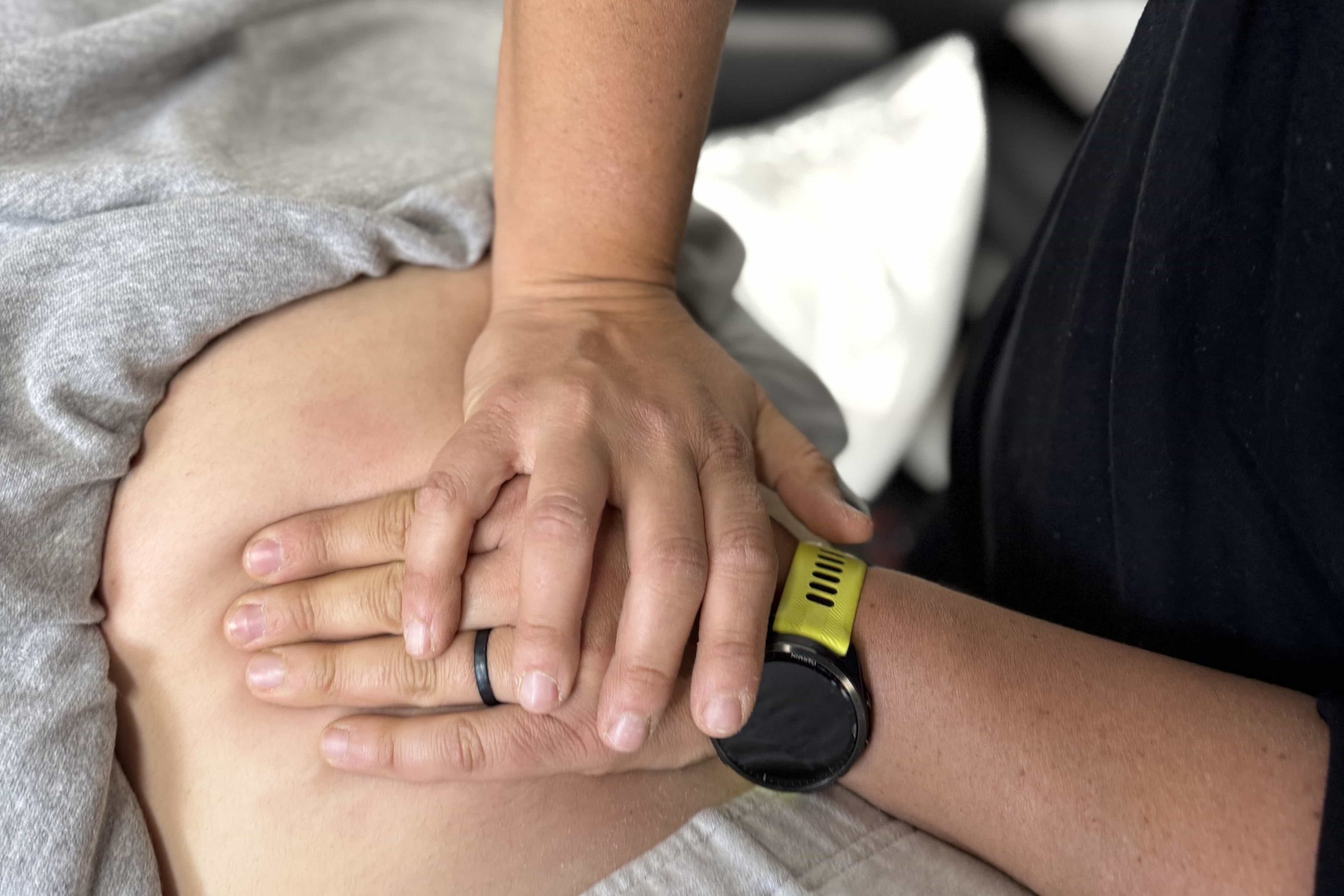
Neuromuscular Massage Therapy (NMT) precisely targets trigger points in muscles and connective tissues, relieving tension, restoring proper function, and promoting long-term pain relief.

The PT Zone is committed to long‑term relief—so you can move freely and without pain.
Our comprehensive shoulder programs turn rotator‑cuff pain into lasting strength—so every reach and lift feels natural again.
Common Questions from Rotator Cuff Tear Clients
1. How can I tell if my rotator cuff is torn or just strained?
A strain usually presents as localized soreness that eases with rest, whereas a tear often produces specific weakness—like an inability to lift the arm to shoulder height—and may trigger clicking or a sudden “giving way.” Ultrasound or MRI confirms the diagnosis, but we perform targeted strength and impingement tests to gauge tear likelihood before imaging.
2. Do all rotator cuff tears need surgery?
No. Research shows many partial and even some full‑thickness tears can be managed conservatively if strength and function return without pain. Surgery becomes more likely for young athletes with traumatic tears, massive tears causing progressive weakness, or cases that fail to progress after a structured PT program.
3. How long does non‑surgical rehab take?
Most clients notice decreased pain within 2–3 weeks of consistent therapy. Regaining full strength and overhead confidence often takes 8–12 weeks, while heavy‑duty athletes may need a 16‑week progression to tolerate maximal loads safely.
4. Can PT still help after rotator cuff surgery?
Absolutely. Post‑op protocols rely on staged PT to protect the repair while restoring mobility and strength. Early passive motion prevents stiffness; progressive loading rebuilds tendon integrity. Patients who commit to PT regain function faster and lower re‑tear rates.
5. Which exercises should I avoid with a tear?
In the early phase, heavy overhead presses, dips, or behind‑the‑neck pulls can overload healing tissue. We start with pain‑free isometrics, scapular sets, and sidelying ER before advancing to controlled overhead work once strength balances return.
6. How should I sleep without aggravating my shoulder?
Sleeping on the injured side compresses tissue; lying on the opposite side with a pillow supporting the arm or on your back with a small bolster under the elbow keeps the cuff relaxed. A body pillow can prevent rolling onto the painful side during the night.
7. How do I prevent another rotator cuff tear?
Maintain balanced shoulder and scapular strength, keep thoracic mobility, warm up before overhead sport, and avoid sudden spikes in load or volume. Early tune‑ups with a PT when small twinges appear help correct mechanics before serious tissue overload occurs.















